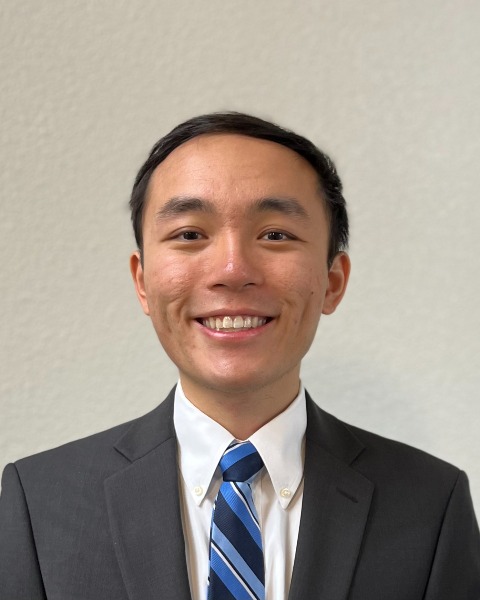Adult Cardiac
Category: Scientific Abstract: Oral/Poster
Meta-analysis of single-cell RNA-sequencing data after myocardial infarction reveals transcriptomic and temporal heterogeneity of cardiac fibroblast response.
J. Lu, M. Januszyk, M. T. Longaker
Stanford University, Stanford, California
Stanford University, Stanford, California

John Lu, MPhil
MD/PhD student
Stanford University
Stanford, California, United States
Presenting Author(s)
Disclosure(s):
John Lu, n/a: No financial relationships to disclose
Purpose: Although the post-MI scar prevents acute cardiac rupture, it causes adverse remodeling of the infarcted heart. Despite the clinical burden of scarring after MI, the cellular and molecular mechanisms that activate cardiac fibroblasts to produce scar tissue after MI remain unknown.
Methods: scRNA-seq offers a high-throughput and unbiased method to identify the signaling pathways upregulated in diseases contexts. To identify the signaling pathways that cause cardiac fibroblasts to expand and produce scar tissue, we created a time-resolved transcriptomic atlas of cardiac fibroblasts after MI by integrating 9 publicly available scRNA-seq datasets of mouse cardiac cells after MI. Datasets were identified by searching the ArrayExpress and GEO databases. These datasets collectively include 54 samples at 8 timepoints after surgically induced MI (post-operative day [POD] 1, 3, 5, 7, 14, 28, 30, and 56), at 3 timepoints after sham surgery (POD 3, 7, 56), and in healthy mice (Fig. 1A). All studies used the same mouse model of MI, in which the left anterior descending coronary artery is permanently surgically ligated to mimic complete thrombotic coronary artery occlusion in human MI. To integrate and analyze these datasets, we used Seurat.
Results: This atlas of 131,000 mouse cardiac fibroblasts after MI reveals significant transcriptional heterogeneity between different cardiac fibroblast subpopulations (Fig. 1B). Further, we uncover significant temporal heterogeneity of cardiac fibroblast response after MI. By comparing the relative abundances of each subpopulation at different timepoints after MI or sham surgery, we identify a single cardiac fibroblast subpopulation, termed myofibroblasts, that selectively expands after MI (Fig. 1C). Abundance of this myofibroblast subpopulation peaks between POD 3 and 14. Gene expression analysis confirms that these myofibroblasts produce extracellular matrix proteins, including Col1a1 and Postn (Fig. 1D).
Conclusion: Our atlas of cardiac fibroblasts after MI uncovers significant transcriptomic and temporal heterogeneity of cardiac fibroblast response after MI. This work will provide insight into potential therapeutic targets to reduce post-MI scarring.
Identify the source of the funding for this research project: The primary author on this paper is funded by Stanford's MD-PhD (MSTP) program.
